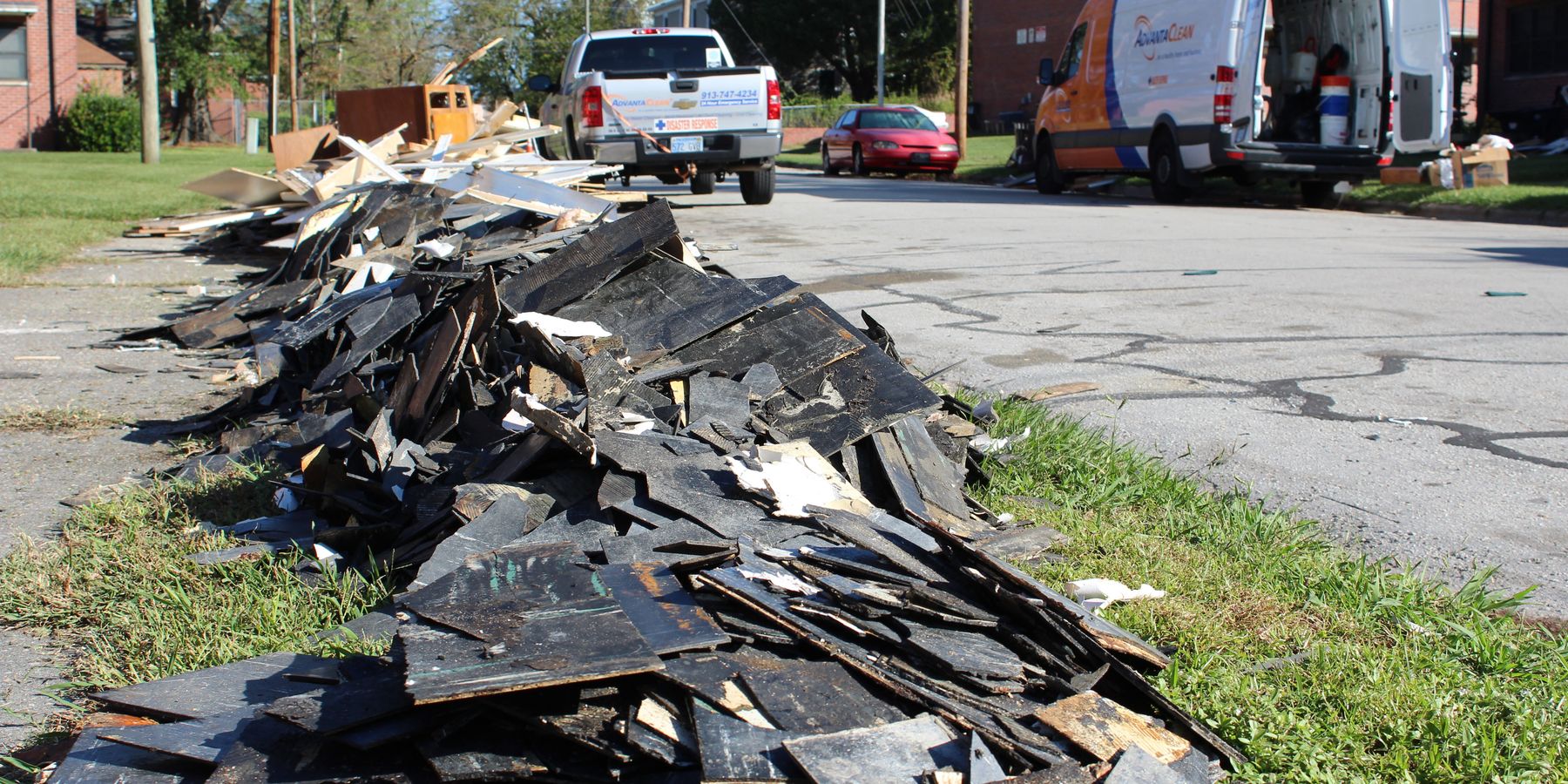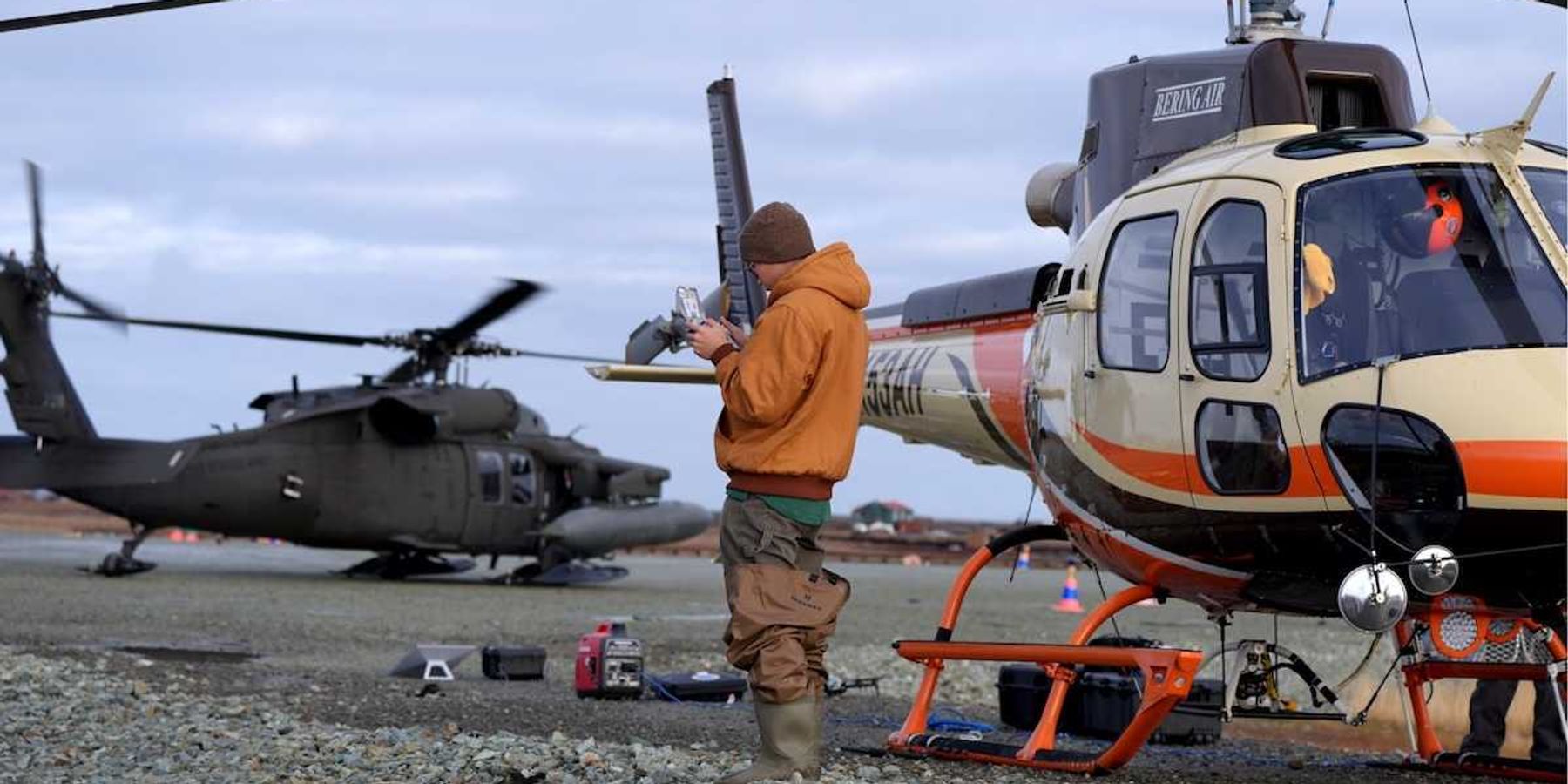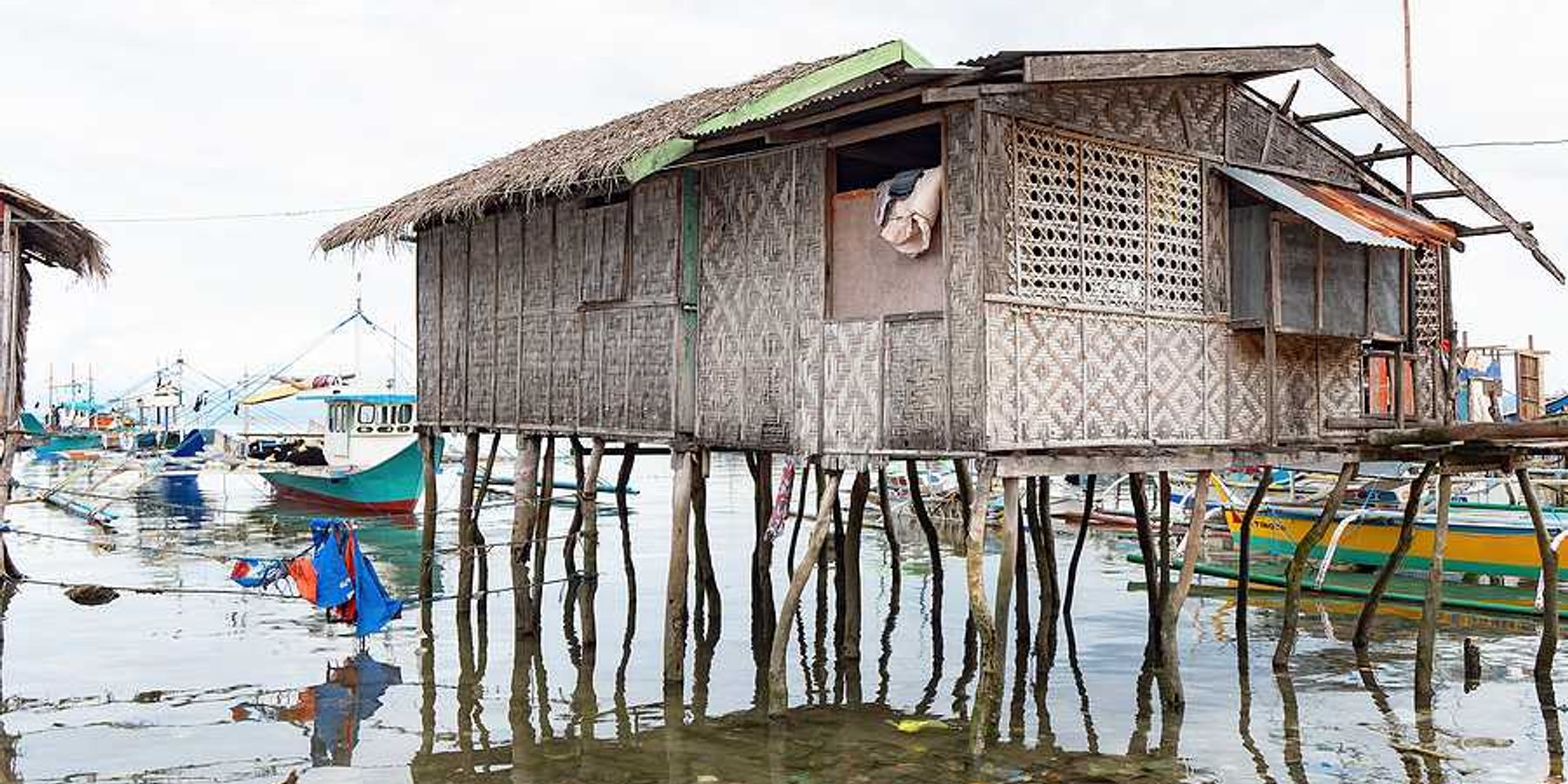
LISTEN: Climate migrants in North Carolina
Reporter Lewis Raven Wallace discusses on 'Living on Earth' the EHN/Scalawag Magazine report about Hurricane Florence's displacement of Bern, N.C. residents
Journalist Lewis Raven Wallace joined Steve Curwood on Living on Earth last week to discuss his recent series for Environmental Health News and Scalawag Magazine on how last fall's Hurricane Florence has upended the lives of public housing residents in New Bern, North Carolina, and left many homeless.
Wallace visited New Bern to document the challenges of the community's most disenfranchised. Public housing residents, along with other poor, disabled, elderly, and vulnerable people, are becoming a first wave of climate migrants in the U.S.—people selectively displaced by increasingly frequent storms and floods, moved because they can't afford to stay.
"I think that everybody that I interviewed in New Bern believes that nobody should be displaced, with no place to go," Wallace told host Steve Curwood. "That said, that's already happened, there's more than 200 people who lost their homes at Trent Court."
Wallace went on to outline how this problem is bigger than just North Carolina.
"Well, something that I find kind of stunning with regard to the public housing situation is that we don't exactly know, you know? After Harvey, obviously, after Katrina, Florence, Matthew, there were a bunch of people in the Florida Panhandle who were displaced, just this last fall, from public housing," he said.
"But it's not evident to me that that's being sort of clearly tracked. We conduct a census, but we don't track individuals from one place to another demographically across the United States as they move."
You can listen to the interview above or at Living on Earth.
Read Wallace's entire series on New Bern here.













